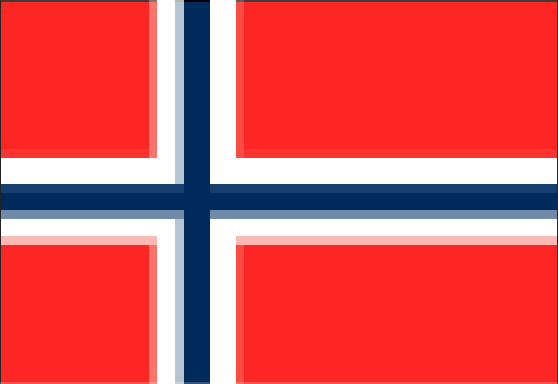Liberation
The winds of liberty are blowing through much of the Middle East these days. In Egypt, Tunisia and Libya they have swept in the justified hope of a future with more democracy and human rights. In Iran, a quiet and relentless draft whispering freedom is lightly blowing through every house, even if it may appear that the Persian spring is still far off. In Palestine, the fight for freedom appears to be endless.
But in all these processes and with similar winds of change blowing in Africa, Latin America, in our part of the world and in our lives, art plays a key role, as a mobilizing and motivating force, as interpreter of reality, and comforter and expresser of hope.
When KKV was founded in 1974, liberation was probably not the word making itself heard when we expressed our intentions. What we were most focused on was to show some models for how one can belong to the church with one’s entire being, as emotional and physical beings, with hormones exploding, and as spiritual beings. And here, the answer to the need to express this is indeed some form of liberation.
We are also true children of a cultural revolution that came to expression through rock and other types of “progressive” aesthetics, and of a political “awakening” that triggered the entire post-war generation from 1968 and onwards, with demands for global justice, political awareness of environmental issues, women’s liberation, sexual liberation and deep scepticism of traditional authorities.
All of these coloured most of the art created in the 1970s and first half of the 1980s, and many of KKV’s projects, perhaps even the essence of what we are, are dominated by these. Whether we are speaking of the political undertones in many of the songs that were published, of departures from musical conventions or a new aesthetic orientation, it is all about liberation.
In recent years this term has become a clearer part of our awareness in the albums we release and the performances that are given, and not least through our many international projects, we have been able to interpret our activities as an instrument for liberation.

